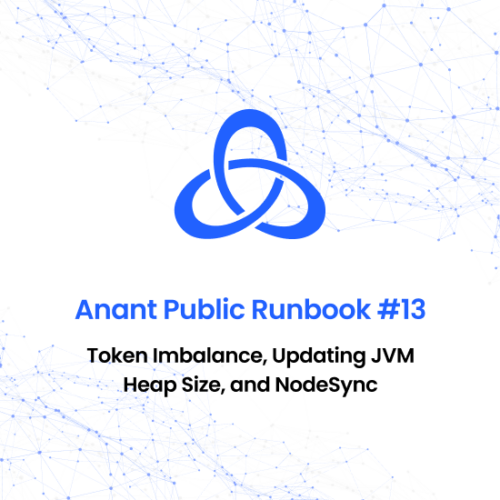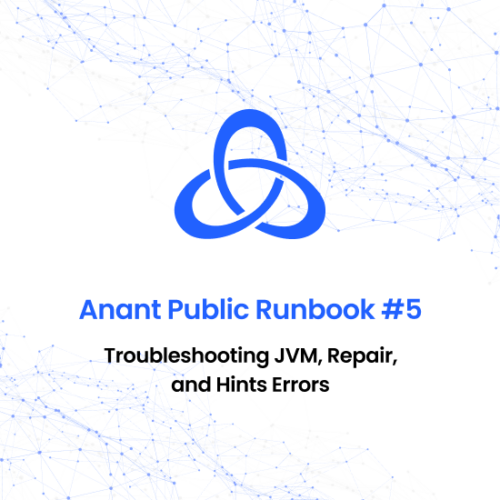Questions the Runbook Answers:
-
How do partitions work in Cassandra, and why are they important for data distribution and replication?
-
What are the symptoms of large partition issues in Cassandra, and how can they be diagnosed?
-
What is the process for optimizing primary keys in Cassandra to reduce partition size, and why is it important to do so?
-
How can service providers monitor query latencies in Cassandra to ensure they are meeting SLAs?
-
What tools can be used to monitor read latencies in Cassandra, and how can queries with high latencies be identified and logged?
Cassandra Performance Optimization: Proper Data Partitioning and Query Latency Monitoring
Proper data partitioning and query latency monitoring are crucial for optimizing Cassandra performance. By designing an effective data model and monitoring partition sizes, you can prevent hotspots and performance issues. It’s important to keep partition sizes below 100 MB (or up to 300 MB for edge cases) to avoid high read latency, JVM garbage collection delays, dropped transactions, and frequent node crashes. If large partition issues occur, creating a new table with an optimized primary key and copying data over may be necessary. Monitoring query latencies is also vital to meet service level agreements (SLA) and ensure optimal performance.





Reviews
There are no reviews yet.